Chromag Contact Flat Pedal
| Where To Buy | |||
|---|---|---|---|
Free shipping on orders over $50 (continental U.S. only).
International shipping available. Some exclusions apply. |
Free shipping on orders over $50 (continental U.S. only).
International shipping available. Some exclusions apply. $116.00
|
||
Free shipping on orders over $50 (continental U.S. only).
International shipping available. Some exclusions apply. |
Free shipping on orders over $50 (continental U.S. only).
International shipping available. Some exclusions apply. $127.00
|
||
Chromag Contact Pedals
$127.00
|
|||
Chromag Synth Pedals
$66.00
|
|||
2 member reviews
While Chromag bills the Contact as a dirt jump/slopestyle pedal, I have been using it on my trail bike for the past 20 months. This test was conducted with the Five Ten Freerider Pro shoe; a softer shoe that tends to conform to the pedal rather than provide a stiff platform to stand on.Chromag has a reputation for making high end, extremely durable components, and the Contact in no exception (besides the pins-we'll get into that later). I have used and abused these pedals through two Coastal BC winters, and after too many rock strikes to count, the pedals certainly look thrashed but still spin with similar resistance to when they were new and have developed zero play.
The pedals has 13 pin locations per side, 9 pins per side, and comes with a bag of pins and pin washers (to adjust pin height). Each pin comes installed with a washer underneath, but I found the stock pin height didn't give me the grip I wanted. I would recommend taking these washers out and going to full pin height before installing the pedals. Once at full pin height, the Contacts provided tenacious grip when paired with a sticky rubber shoe. All pin locations are located on the edge of the pedal, which makes sense given the concave shape.
The Contact is slightly concave, with a shape that holds your foot close to the crank. This can cause abrasion on the crank/shoe interface, but I found that this was not noticeable when riding, and with Five Ten shoes the sole wears out before the crank rub wears down the side of the shoe. Overall, the pedal shape was large enough for my size 9.5 feet, with enough room to move your foot position around both fore/aft and side to side. While climbing, the concave shape fits nicely into the ball of your foot, leading to a more secure interface compared to a convex pedal like the Canfield Crampon. While descending, I prefer to shift my pedal back under my arch, and while the grip was still excellent, it felt like the only the edges of the pedal contacts my my shoe, leaving the center of my foot 'floating' over the pedals. I found that in this pedal position, a thin convex pedal with a couple of central pins provides a more secure feeling but not drastically improved grip over the Contacts. Over the period of the test, I had no foot discomfort at all, even during extended (2000+ foot) descents.
My major complaint with these pedals stems around the location and function of the shear point on the pins. While at stock pin height, they work flawlessly, however when the washer is removed to extend the pins, the shear point fails to extend all the way flush with the pedal, leaving the pin threads exposed. Therefore, when you rock strike with the pins fully extended, the exposed pin threads get bent and mangled, which makes removing the broken pin nearly impossible. In some cases, the pin can be ground flush with the pedal and then removed, but this is a solution to a problem that shouldn't exist. With bent off pins that can't be removed, the extra holes on the pedal body come in handy, but I have broken so many pins that all the placement options have either an intact or broken pin inside them, and in some areas I have no pins due to mangled pins taking up all the placement options in that area. I bought these pedals as an investment, thinking that they would last me 3 or 4 bikes, but their lifespan will be significantly reduced because of the stuck broken pins. A shame, as the rest of the pedal is so durable. Additionally, the anodizing gets word off fairly quickly, but as long as you're not anal about the looks of your bike this is a non-issue.
As is, if you are the type of rider who likes a concave pedal and has either the finesse or the terrain to not shear the pins off, the contacts are an excellent choice. However, Chromag also offers the Scarab pedal, which has a very similar profile while having more pin holes, effectively reducing the downside of the mangled pin issue, and therefore I would recommend getting those instead of the Contacts (without riding them, so with a big old grain of salt).
Without the pin issue, this would be a 4.5 star pedal, with a half star taken off for the anodizing wear. The pins not shearing correctly in the extended position is a huge oversight in my opinion, especially for a premium product, so minus 1 star. If the pin issue was fixed, I would buy these again in a heartbeat.
- durable design
- pin sheer point for rock strikes
- anodizing wears
I should first start by saying that I’ve been riding flats on trail / DH bikes for 10+ years and I have tried many different pedal / shoe combinations.
Currently I ride in 510 Sam Hill Impacts and have 2 sets of Contacts. One set on my DH bike (1.5 years old) and one on my trail bike (4 months old).
What attracted me to the design was the durability factor, compared to my last pedals (race face atlas) the body is thicker, and the axle runs the full width of the pedal in a very traditional fashion. What this allows for is larger bearings, and a thicker platform for rockstrikes etc.
So over a year into these pedals here is what I’ve found: the grip is excellent and these pedals are capable of more than just DJ use. I find they have great grip when climbing and spending longer days in the saddle. I’ve experimented with pin height and have really enjoyed raising the pins around the front and back to further emphasize the concave shape.
The pins are not as sharp as some designs I’ve seen like Race Face and DMR, but for me I like that feeling. The pins are tall enough to feel like they’re glued to your feet, but I don’t feel like I have to do a micro-sit or un-weight too much in order to re-position my foot when things get rough, or my feet come off on purpose during a euro, or table. The platform isn’t the largest, but my size 10 feet and impact shoes fit them well.
After a year and a half on my DH bike the pedals show some serious signs of abuse. The Anodizing is worn, and the edges scarred from rocks. However I haven’t rebuilt them once. In fact, I haven’t even had to re grease or adjust them. Bar a few replaced pins. This is fantastic compared to my past experiences with pedal designs using under-sized bearings, and DU bushings.
So to summarize:
Good:
- Great grip, medium sized platform.
- versatile great for more than just DJ
- customizable pin placement / height
- fantastic durability!
Not as good:
- could be a larger platform, but strikes a good balance
- Anodizing isn’t super durable
0 comments
Post a reply to: More than just a DJ pedal
Specifications
| Where To Buy | |||
|---|---|---|---|
Free shipping on orders over $50 (continental U.S. only).
International shipping available. Some exclusions apply. |
Free shipping on orders over $50 (continental U.S. only).
International shipping available. Some exclusions apply. $116.00
|
||
Free shipping on orders over $50 (continental U.S. only).
International shipping available. Some exclusions apply. |
Free shipping on orders over $50 (continental U.S. only).
International shipping available. Some exclusions apply. $127.00
|
||
Chromag Contact Pedals
$127.00
|
|||
Chromag Synth Pedals
$66.00
|
|||















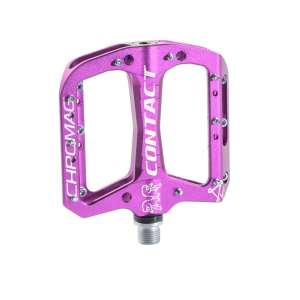
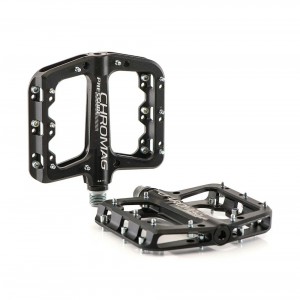

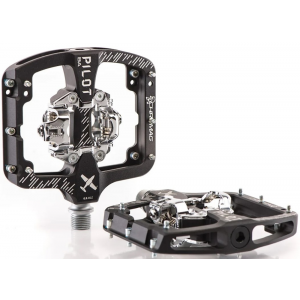
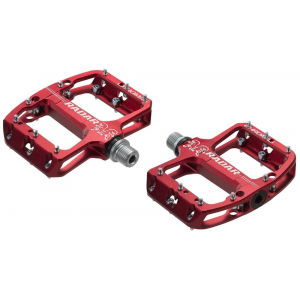



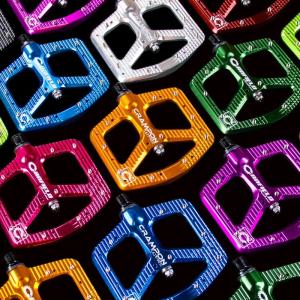

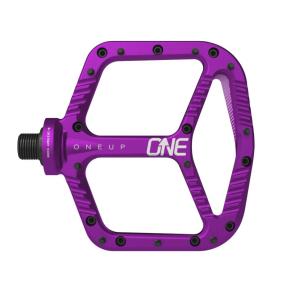
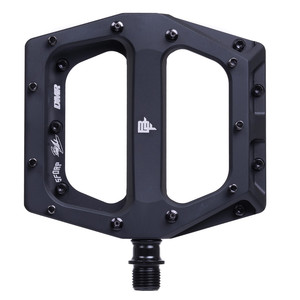


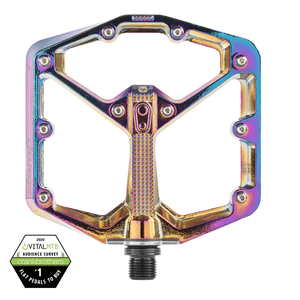
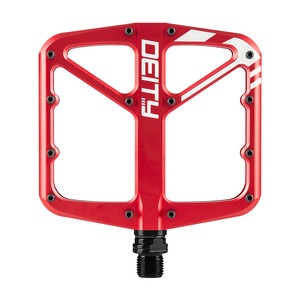










0 comments
Post a reply to: Chromag Contact Review